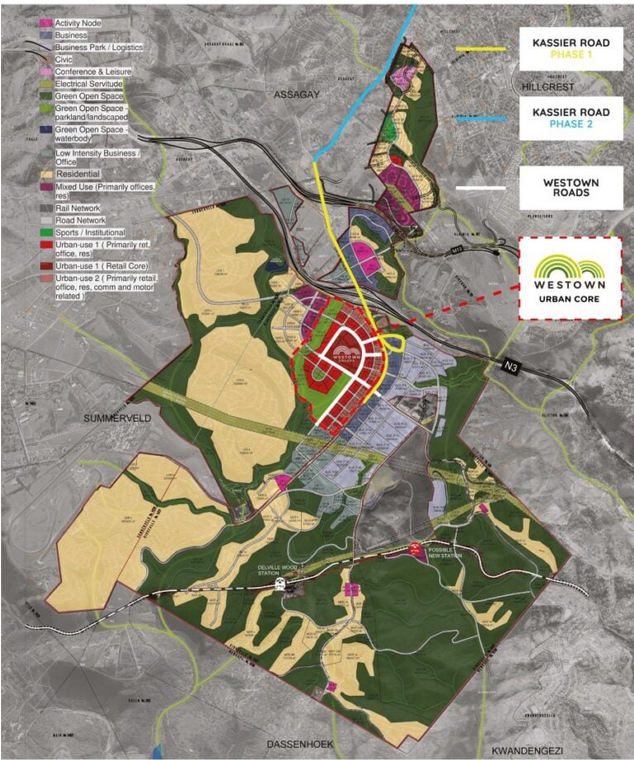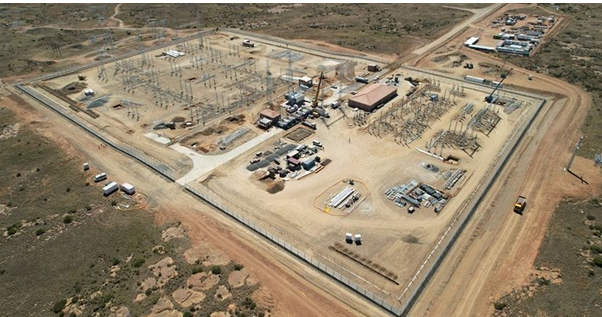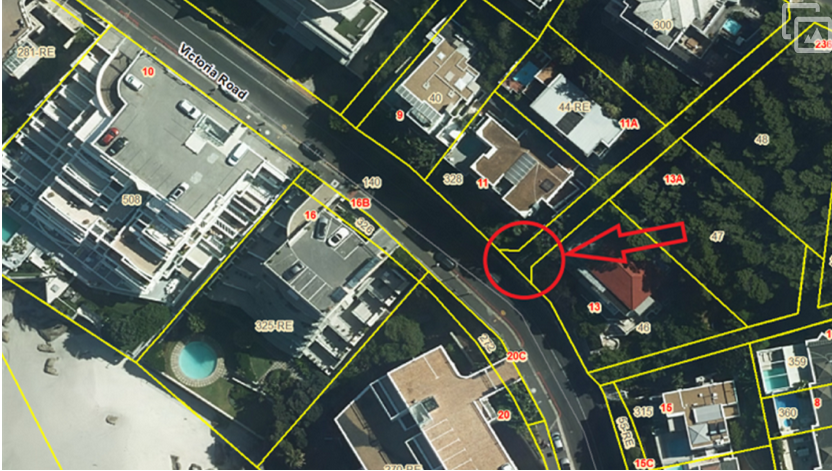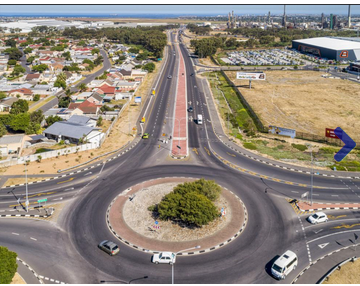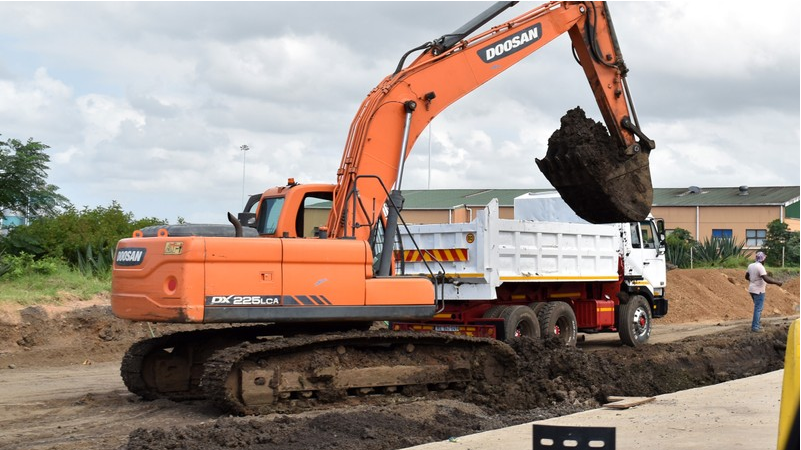Softened growth for wood-based panels global market - report

26-04-2018
Read : 23 times
Bizcommunity.com
Source
According to market research and consulting firm IndexBox, after a slight reduction from 2008 to 2009, the wood-based panels market grew to 408-million cubic metres in 2016. However, the pace of growth has decelerated over the last three years.
In wholesale prices, the market accounted to $162bn. In value terms, the market showed more pronounced dynamics – it contracted by 15% in 2009 and then recovered over the next two years with a further upward trend. However, in 2015, the market dropped slightly and retained this level in the next year.
Plywood (155-million cubic metres), particle board and OSB (119-million cubic metres) and MDF/HDF (97-million cubic metres) were the most consumed product categories, together making up 91% of global consumption in 2016. Consumption of veneer sheets (4%), hardboard (3%) and other fibreboard (2%) held small shares in the market.
467-million cubic metres by 2025
According to the IndexBox report, World: Wood-based Panels - Market Report. Analysis and Forecast to 2025, the wood-based panels market is to reach 467-million cubic metres by 2025.
The shifting of potential market opportunities from developed countries to developing ones has been one of the main global trends in the wood-based panel market over the last few years. While the economically mature markets of the US, Canada, and Western Europe are expected to have a modest pace of housing starts, the fastest growing Asian countries such as China, India, Indonesia and Vietnam are expected to see continued growth due to rising urbanisation and disposable incomes. Other emerging economies, such as Russia, Brazil, and Eastern Europe appear to have the potential of growth, but it is restrained by lack of investments and the shrinking of consumer spending due to an economy slowdown.
The world economy is expected to experience fundamental changes, supported by decreasing oil prices, slowdown of the Chinese economy, and the deceleration of world trade. However, demand from downstream industries in the largest consumer countries is forecast to remain positive, backed up by wide product use, increasing regional integration, and positive conditions for wood-based panel manufacturing.
The Asia-Pacific region will remain a key growing market. Despite the slowing pace of construction in China, the expansion of China's economy continues to be significant, similarly to other rapidly growing countries in the region (including Indonesia and Malaysia). The US is also an important market, with a steady expansion in construction, combined with stable levels of employment and rising incomes, leading to an increasing demand for wood-based panels. In general, the global wood-based panel market is expected to continue to grow by more than 1.5% annually in the medium term, which will lead a market size of 467-million cubic metres by the end of 2025.
Wood-based panels output grew by 45% from the outset level
Production of wood-based panels reached 410-million cubic metres in 2016, with an upward trend over the last seven years. This resulted in an increase of +45% from the outset level. In 2010, global wood-based panels overcame the pre-recession production level of 2007. In value terms, production flattened at $161bn in 2016 after a 7% drop recorded in the previous year; prior to that it increased robustly from 2010-2014.
China was a major producer of wood-based panels
China was the key world wood-based panels producing country with an output of about 204-million thousand cubic metres in 2016, which accounted for approximately half of total global output. The other major producers were the US (8%), Russia (4%), Canada (3%), Germany (3%), Brazil (3%), Poland (2%) and Turkey (2%).
In China, production levels increased by +10.4% annually from 2007 to 2016, largely attributed to favourable economic conditions and growth of the construction market. The other major producing countries showed mixed dynamics of wood-based panels output in physical terms. During 2007-2016, annual growth rates were especially high in Turkey (+6.5%) and Russia (+4.1%). Germany (-3.7%), Canada (-2.1%) and the US (-1.1%) were major producing countries with an annual decline of wood-based panels output.
Approximately 21% of wood-based panels consumption is imported
Wood-based panels is a widely traded commodity. The share of imports in global consumption stood at 21% in 2016. Despite the fact that the share of imports decreased noticably by seven percentage points over the last nine years, the market is still highly dependent on imports. High trade intensity is determined mainly by the substantial distances between the main centres of wood-based panels manufacturing countries and key consuming countries.
Particle board, plywood and MDF together made the vast majority of world exports
Particle board and OSB (29.9-million cubic metres) and plywood (29.5-million cubic metres) constituted the largest product categories in terms of exports, each comprising 34% of the total exports in 2016. Exports of these products recorded a slight growth in volumes from 2007-2016: the average annual growth rates stood at +0.8% and +1.0%, respectively. MDF/HDF lagged somewhat behind, accounting for a 19% share of total exports and expanding with a CAGR of +1.8% over the same period.
China and Canada are the leading suppliers of wood-based panels to global market
In 2016, the volume of global wood-based panels exports totalled 87.5-million cubic metres, expanding robustly from the bottom point of 2009. In 2013, exports recovered from a slump caused by global financial crisis of 2008-2009 and then continued to increase gradually. In value terms, it fluctuated near $34bn from 2011 to 2016.
China (14.8-million cubic metres in 2016) and Canada (8.4-million cubic metres) were the main global suppliers of wood-based panels with a combined share of 27% of global exports. Germany, with the share of 7%, Malaysia (6%), Russia (6%), Thailand (5%) and France (4%) were the other major exporters. From 2007 to 2016, Russia (+9.4% per year) emerged as the fastest growing supplier among the major exporters, followed by Thailand (+4.9% per year) and China (+3.3% per year). Meanwhile, exports from Canada reduced by -1.5% per year over the same period.
US continues to lead the globe in terms of imports of wood-based panels
The volume of global imports totalled 85.2-milllion cubic metres in 2016. In terms of dynamics, imports were generally in line with exports: these trade flows globally complement each other. In value terms, the total imports stood at $34.9bn in 2016, this figure remained relatively stable over the last four years.
In 2016, the US (12.9-million cubic metres), Germany (5.6-million cubic metres), Japan (4.2-million cubic metres), China (3.5-million cubic metres), Canada (3.4-million cubic metres), the UK (3.4-million cubic metres) and Italy (2.7-million cubic metres) were the leading destinations of wood-based panels imports, together making up 42% of the global imports.
Among the major importing countries China (+1.3% per year) gained the highest annual growth rates from 2007 to 2016. Despite a rapid acceleration in 2014-2016, the US imports of wood-based panels still need to grow a bit more to regain its outset level. By contrast, Japan and the UK recorded a slight decrease with regard to imports, which contracted by -2.0% per year and -1.1% per year, respectively, from 2007-2016. In the other countries, imports remained relatively stable throughout the analysed period.
Please also see: Original Source ( http://www.indexbox.co.uk/store/world-wood-based-panels-market-report-analysis-and-forecast-to-2020/ )
Recent News
Here are recent news articles from the Building and Construction Industry.
Have you signed up for your free copy yet?


